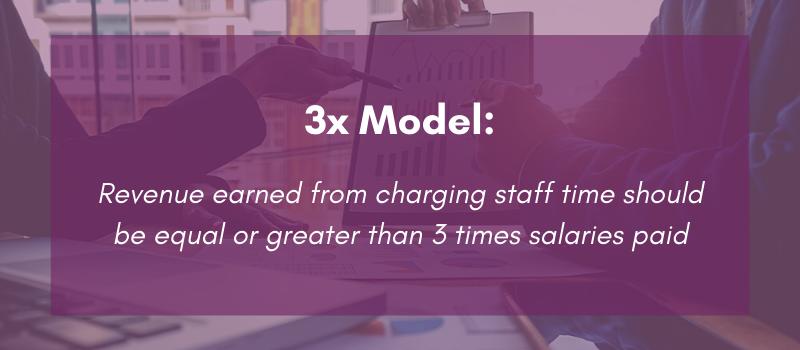If you want to grow your business, it pays dividends to do it in an organised way. Growth without planning has seen the downfall of many a good business.
A great way to start planning is to do a SWOT Analysis (Strengths, Weaknesses, Opportunities and Threats). It’s a great opportunity to get your team together and have a brainstorming session.
Your objective is to determine:
Strengths – what are they and how can you leverage on them and make them visible to the market?
Weaknesses – what are they and how can you improve them and create a culture of constant improvement?
Opportunities – consider what they are and how you can realistically take advantage of them.
Threats – consider what they are, their impact in the long and short term and how you can mitigate them.
Here are some questions to kick off with:
Product/Service
- Is yours a product/service of today and tomorrow or yesterday? i.e. are there threats to your business, such as government legislation changes or ‘Digital Disruption’.
- Who are your competitors and how are they changing?
- Does your product/service provide a solution to a problem that has limited lifespan?
- Is it a luxury item that is affected by consumer confidence in a particular market?
- Is it a necessity item or grudge purchase?
- Are there opportunities for your team to have input into product/service development?
- Are there opportunities for you to offer new products/services using your current resources e.g. people, know-how, equipment, real estate etc.
Marketing and Sales
- Does your team understand the business Vision, Mission and Customer Proposition?
- What is your market position e.g. cheap and cheerful or best quality with appropriate price tag?
- Who/where is the market for your product/service?
- Where do they ‘hang out’? e.g. physical places or online?
- What is the most cost effective way of engaging with customers?
- Do you have an opportunity to sell other items to existing customers?
- Do you have opportunities to open in new markets/regions?
- Do you know how to engage with customers and how to explain your ‘value proposition’?
- Do you know what your ‘Unique Selling Proposition’ is and how to differentiate yourself from competitors? e.g. do you ‘make the invisible visible’?
- How much competition do you have and how does that affect your sales price?
- Can you leverage off existing customers to get more like them e.g. testimonials/referrals?
- Do you have a formal sales process and is it understood by those in sales?
- Does your sales team meet and share ideas?
- Do you measure effectiveness of marketing methods and ‘return on investment’ of marketing spend?
- Do you measure sales conversion rates – by salesperson, lead source etc?
Operations and Finance
- Do you have well defined operating procedures that are transparent to all staff? To eliminate risk of employee absence/departure impact on operations.
- Are your systems well documented and backed up to avoid loss and business interruption in the event of adverse occurrence? Could ‘cloud commerce’ help you to achieve cost savings and efficiencies?
- Are avenues in place for staff to offer input into improvements? E.g. suggestions box/team meetings?
- Do you have a budget and cash flow projection?
- Do you know your ‘break-even- sales figure?
- Do you regularly and accurately report on gross profit
- Overall?
- By product/service category/type?
- By customer/customer type?
- By region/division/branch?
- Do you regularly and accurately report on net profit?
- Could you achieve better prices from suppliers?
- Is your business able to meet its short-term financial commitments?
- Do you analyse your business financial performance regularly and take appropriate action?
- Are you accessing the best finance options?
- Do you measure and report on Key Performance Indicators (KPIs) for all areas of business performance?
- Do you have a Quality Assurance system?
- Are your tax, superannuation and ASIC obligations up to date?
- Is there government assistance you could take advantage of e.g. Grants, R&D Incentives?
- Is your corporate structure set up right? e.g. should you consider setting up a company, partnership, trust?
- Are your business premises secure e.g. do you have a current lease in place?
Human Resources
- Do you have an ‘Organisational Chart’ setting out all major tasks within the organisation and who is responsible for them?
- Does each team member have a properly documented ‘Job Description’, covering all the tasks in your ‘Organisational Chart’?
- Do you have a system for effectively hiring, managing and firing team members?
- Do you have a compliant WH&S management system and are you aware of the penalties for non-compliance?
Customer Service
- Do you measure customer satisfaction?
- Do you have an effective Customer Relationship Management system in place?
- Do you categorise your customers e.g. A, B and C and focus attention on the A’s and upgrade or ‘move on’ B’s and C’s?
- Do you have a complaints handling policy/process in place?

 A cash flow forecast draws on the past to more accurately predict future cash movements.
A cash flow forecast draws on the past to more accurately predict future cash movements.

 The place to begin, is knowing what your Overheads are. For every accounting period you need to know what your Overheads will be, so that you can budget and project what your profit and cash position will be.
The place to begin, is knowing what your Overheads are. For every accounting period you need to know what your Overheads will be, so that you can budget and project what your profit and cash position will be.